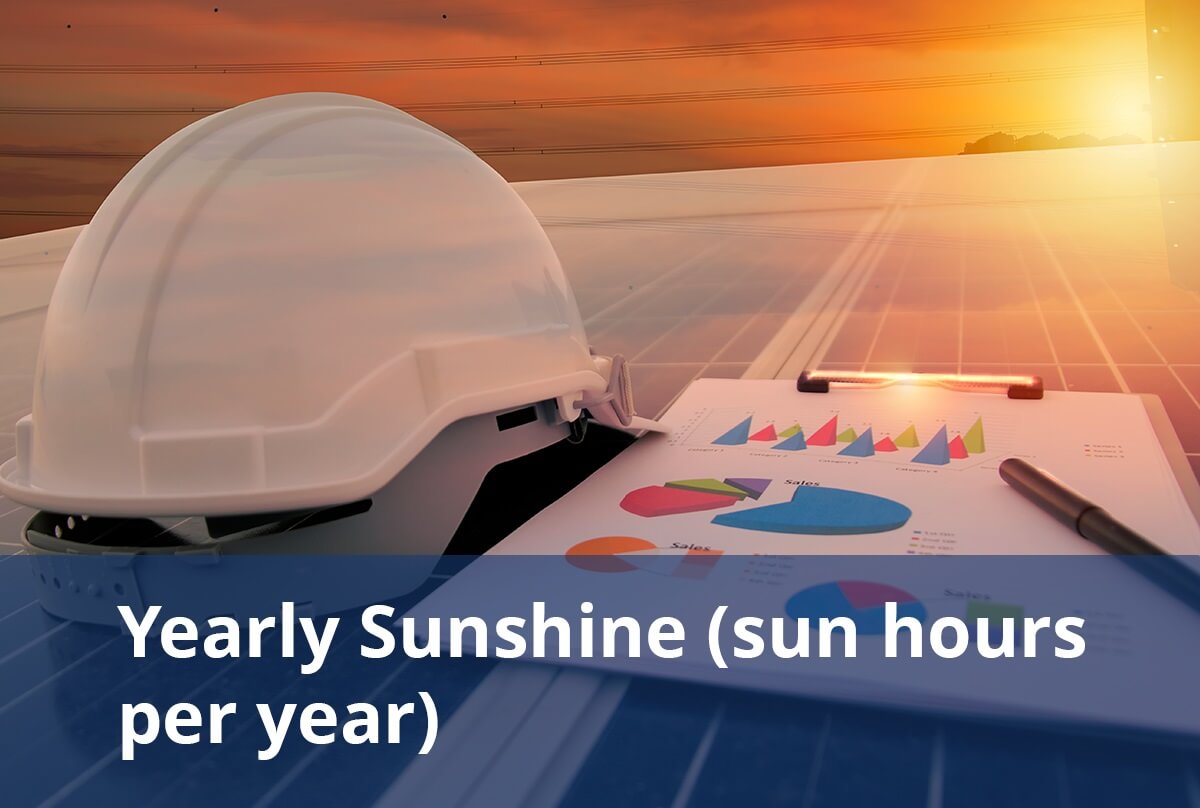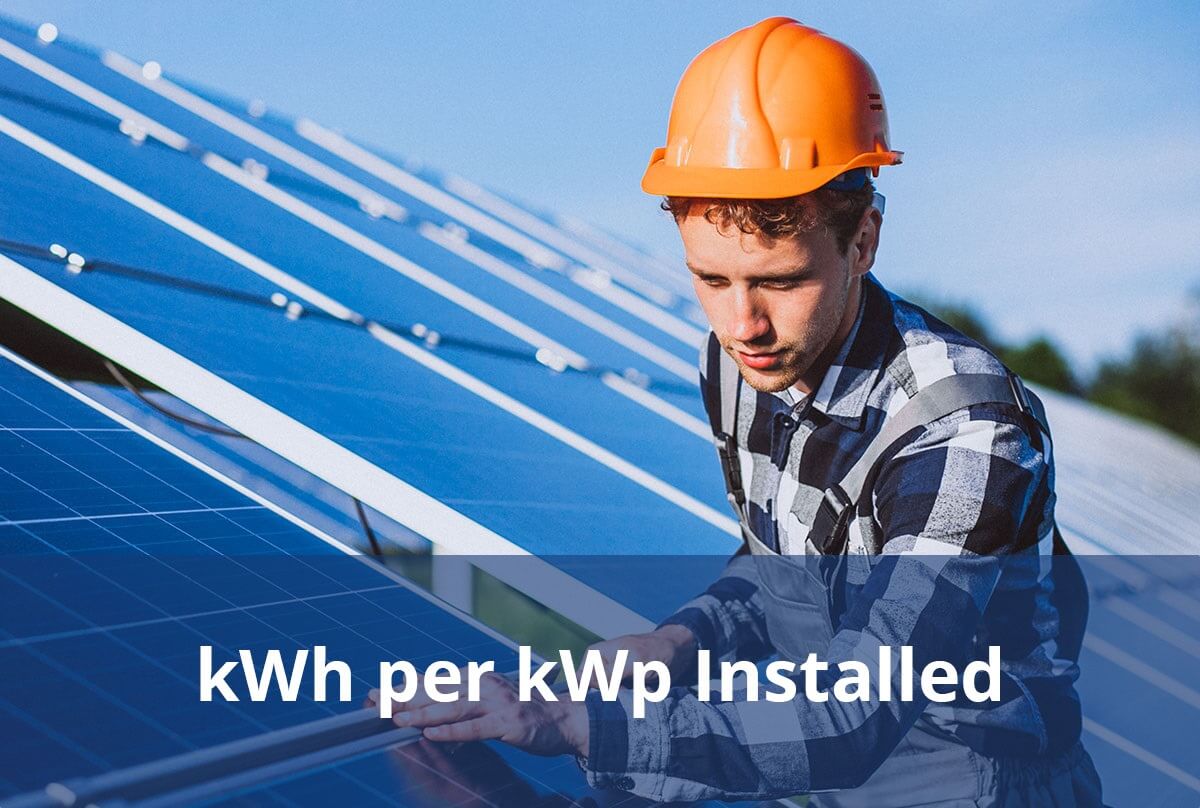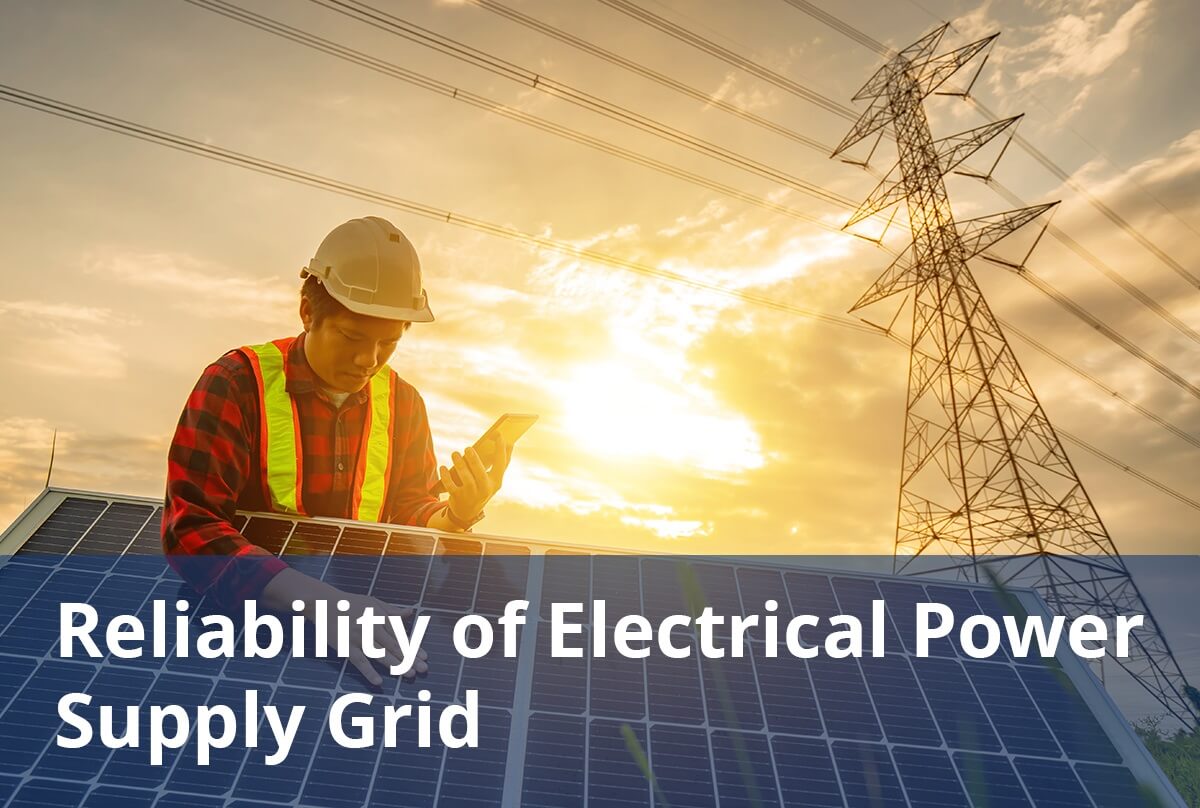Discover comprehensive insights into the statistics, market trends, and growth potential surrounding the solar panel manufacturing industry in Tunisia
- Climate top, Sunshine & Daylight Hours in Tunis, Tunisia, https://www.climate.top/tunisia/tunis/sunlight/
- DLA PIPER, 2022, Africa Energy Futures: Tunisia, https://www.dlapiper.com/en/insights/publications/2022/11/africa-energy-futures/africa-energy-futures-tunisia#:~:text=The%20overall%20average%20horizontal%20radiation,first%20generation%20renewable%20energy%20projects.
- Statista, Price of electricity among households and businesses in Tunisia as of March 2022(in U.S. dollars per kilowatt hour) ,https://www.statista.com/statistics/1283708/price-of-electricity-among-households-and-businesses-in-tunisia/
- Statista, Share of individuals with a reliable supply of electricity in Tunisia in 2020, https://www.statista.com/statistics/1315853/share-of-individuals-with-a-reliable-supply-of-electricity-in-tunisia/
- Trade.gov, 2024, Electrical Power Systems and Renewable Energy, https://www.trade.gov/country-commercial-guides/tunisia-electrical-power-systems-and-renewable-energy#:~:text=Through%20June%202023%2C%20Tunisia%20had,of%20national%20energy%20production%20capacity.
- Mordor Intelligence, 2023, Tunisia Renewable Energy Market Size & Share Analysis – Growth Trends & Forecasts (2024 – 2029)
Source: https://www.mordorintelligence.com/industry-reports/tunisia-renewable-energy-market. - Energy & utilities, 2022, https://energy-utilities.com/tunisia-prepares-plan-for-3-8gw-of-solar-capacity-news116555.htmlhttps://energy-utilities.com/tunisia-prepares-plan-for-3-8gw-of-solar-capacity-news116555.html
- Statista, 2023, Distribution of electricity generation in Tunisia in 2021, by source, https://www.statista.com/statistics/1237668/tunisia-distribution-of-electricity-production-by-source/
- Statista, 2023, Solar Energy Prospects in Tunisia, https://www.statista.com/statistics/1228806/number-of-solar-pv-systems-installed-in-rural-areas-in-tunisia/
- Global energy monitor, Power Sector Transition in Tunisia, https://www.gem.wiki/Power_Sector_Transition_in_Tunisia
- Microgrid knowledge, 2019, Off-Grid Microgrid to Power Oil and Gas Operations in Tunisia, https://www.microgridknowledge.com/microgrids/industrial/article/11429536/off-grid-microgrid-to-power-oil-and-gas-operations-in-tunisia
- World salaries, 2024, Average Solar Photovoltaic Installer Salary in Tunisia for 2024, https://worldsalaries.com/average-solar-photovoltaic-installer-salary-in-tunisia/
- Worldometer, Tunisia population 2024, https://www.worldometers.info/world-population/tunisia-population/
- longtermlettings , 2023, Commercial Properties for rent in Tunisia (262) Tunisia monthly lets , https://www.longtermlettings.com/rent/commercial-retail/tunisia/
- Enerdata, Tunsia energy report, 2024, https://www.enerdata.net/estore/country-profiles/tunisia.html#:~:text=STEG%20has%20the%20monopoly%20on,(82%25%20in%202022).
- Statista, Share of population with access to electricity in Tunisia as of 2021, by region, https://www.statista.com/statistics/1286132/share-of-population-with-access-to-electricity-in-tunisia-by-region/#:~:text=As%20of%202021%2C%20an%20average,energy%2C%20corresponding%20to%2099.8%20percent.
- ZAWYA, 2023, Tunisia’s 2024 budget includes incentives for renewable, https://www.zawya.com/en/projects/utilities/tunisias-2024-budget-includes-incentives-for-renewables-projects-minister-cknwje77
- Climate policy initiative, 2012, San Giorgio Group Case Study: Prosol, https://www.climatepolicyinitiative.org/publication/san-giorgio-group-case-study-prosol/
- Aditi Kumar, 2022, Promoting Distributed Solar and Energy Efficiency Mechanisms in Tunisia, https://mitigation-action.org/wp-content/uploads/Promoting_Distributed_Solar_and_Energy_Efficiency_Mechanisms_in_Tunisia-Report.pdf
- MEESIA, MENA Solar and Renewable Energy Report, https://www.middleeast-energy.com/content/dam/Informa/Middle-East-Electricity/middle-east-energy-2021/reports-mee/MEE_Mesia_Report_v3.pdf#:~:text=URL%3A%20https%3A%2F%2Fwww.middleeast
- Gem Wiki, Elgordhab solar farm – Global Energy Monitor (gem.wiki), https://www.gem.wiki/Elgordhab_solar_farm,
- Power technology, Power plant profile: Kairouan Solar PV Park 3, Tunisia , https://www.power-technology.com/data-insights/power-plant-profile-kairouan-solar-pv-park-3-tunisia/










